Previously: The Great Train Cemetery Of Bolivia.
For decades, the landscape all over the United States was dotted with state-run psychiatric facilities first praised for their new and forward-thinking treatments, then decried when folks realized that, actually, those “new and forward-thinking treatments” were, in fact, inhumane. Then, for several more decades, the landscape all over the United States was dotted with the abandoned remains of these former state-run psychiatric facilities, most of which were shut down as deinstitutionalization gained steam in the latter half of the 20th century. And yet, some of those remains… aren’t so abandoned anymore. The Fairfield State Hospital in Newtown, Connecticut, for example — later known by the more serene moniker of Fairfield Hills Hospital — was, in fact, abandoned for many years, but now hovers on the border between the future and the past.
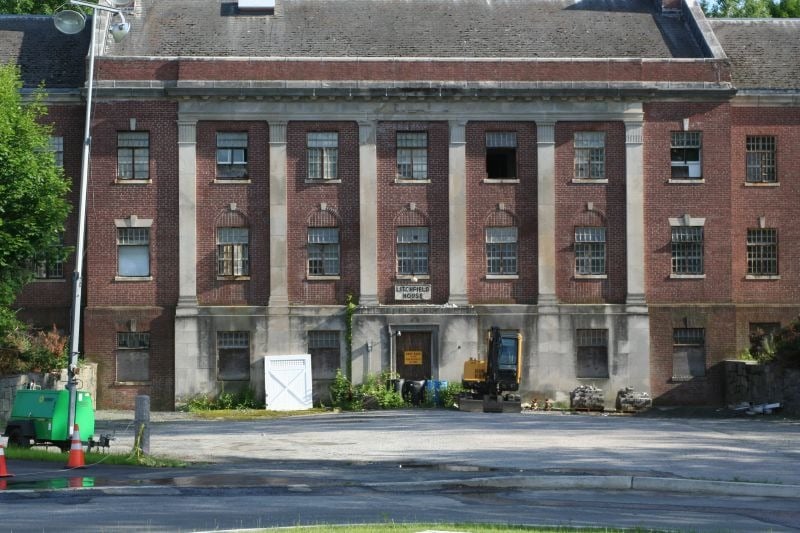
Some of it is still in ruins. Other parts of it, however, have been given a new lease on life. And, if everything goes to plan, what was once Fairfield Hills Hospital will become something new — and, hopefully, somewhat greater than the sum of its parts.
[Like what you read? Check out Dangerous Games To Play In The Dark, available from Chronicle Books now!]
The plans for what was then to be called Fairfield State Hospital were formally put into motion in 1929, but the State of Connecticut had been laying the groundwork for it throughout the 1920s. During this period, the state had been purchasing large swathes of farmland in Newtown at great speed; other hospitals in Connecticut were suffering from severe overcrowding, and the hope was that an expansion could be built atop this land to alleviate the problem somewhat.
Residents of Newtown, then a largely rural area, weren’t thrilled at the prospect, but Waldo Desmond, a local doctor who had been conscripted by Connecticut State Hospital superintendent Roy L. Leak to aid in the project, successfully persuaded the community to permit the construction of the facility. Architect Walter P. Crabtree, Jr. was brought aboard to design the hospital, with input from Leak, and in 1931, the cornerstone was laid. Two years later, in 1933, Fairfield State Hospital under Dr. Leak as its superintendent admitted its first patients — a group of 32 people transferred in from the Connecticut State Hospital in Middletown.
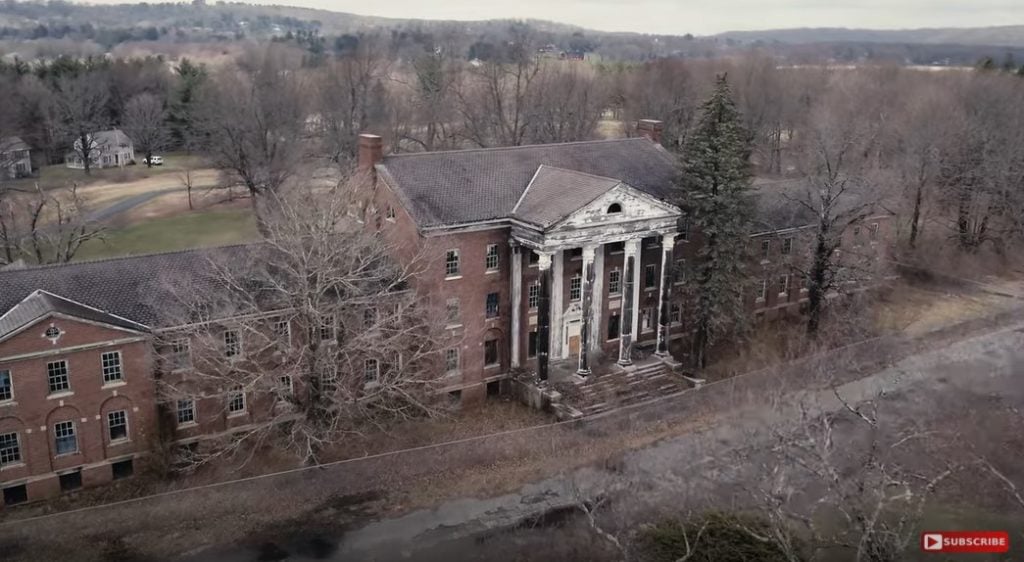
Like the (relatively) nearby Norwich State Hospital before it, Fairfield State Hospital was built as a Cottage Plan institution — that is, it consisted of numerous individual buildings classified by patient or utility and connected via underground tunnels. This was in contrast with institutions that followed the Kirkbride Plan, which generally comprised one building with a central administration wing and additional wings fanning out from there.
Initially, Fairfield State opened with just two patient buildings — Shelton House and Greenwich House — along with a handful of additional buildings intended for other purposes, such as administration and employee housing; it had a total capacity of around 500. Eventually, though, the 800-acre property would hold six buildings for patient treatment and housing, eight administration buildings, six buildings for employee housing, and numerous other outbuildings housing things like laundry facilities and a bakery. At its height, more than 4,000 patients resided at Fairfield State.
Together, Connecticut State Hospital, Norwich State Hospital, and Fairfield State Hospital “formed the mainstay of mental illness treatment in Connecticut” for several decades in the early- to mid-20th century, as 2007’s 40 Years of Academic Public Psychiatry put it. These three facilities, the volume continues, championed “mostly custodial care, work-based therapies in which patients were paid token wages to assist with operation of the hospital’s farm, and for the most seriously ill, interventions that in hindsight were tragically misguided.”
These “tragically misguided” treatments — a phrase I would argue is quite the understatement — included hydrotherapy, also known as the “water cure,” which could involve anything from being mummified in cold, wet towels for hours on end or being submerged in a bath for days; insulin coma therapy, in which patients were injected with large amounts of insulin to induce short comas on a regular, sometimes daily, basis; involuntary sterilization (the eugenics movement was in full swing at the time); and psychosurgical procedures such as the prefrontal lobotomy. Sure, at the time, these kinds of treatments were seen as a great deal more “enlightened” than the treatments that came before them… but still. Not a great period in the history of mental health care. (Admittedly, most periods in the history of mental health care aren’t great, but, well… you know what I mean.)
As was the case at numerous other psychiatric facilities across the United States at this time, conditions at Fairfield deteriorated fairly quickly. Although the hospital was built to alleviate overcrowding at other hospitals nearby, it, too, became overcrowded. Furthermore, mistreatment of the patients occurred with some degree of frequency. An article on the dire state of mental health care in the United States published in Life Magazine in 1946, for example — just 13 years after the hospital opened — included details of several incidents at Fairfield State: In 1941, two attendants at Fairfield State were convicted of manslaughter and a third of assault; the original charges, which had been leveled at five attendants, were complicity in the beatings of patients on two separate occasions. One of the patients died following the assault. And in November of 1945, an inquiry was launched following “serious charges of maladministration” at the hospital, at the end of which the superintendent at the time resigned. (This superintended was not Roy L. Leak; Dr. Leak had left the hospital by the end of 1935.)
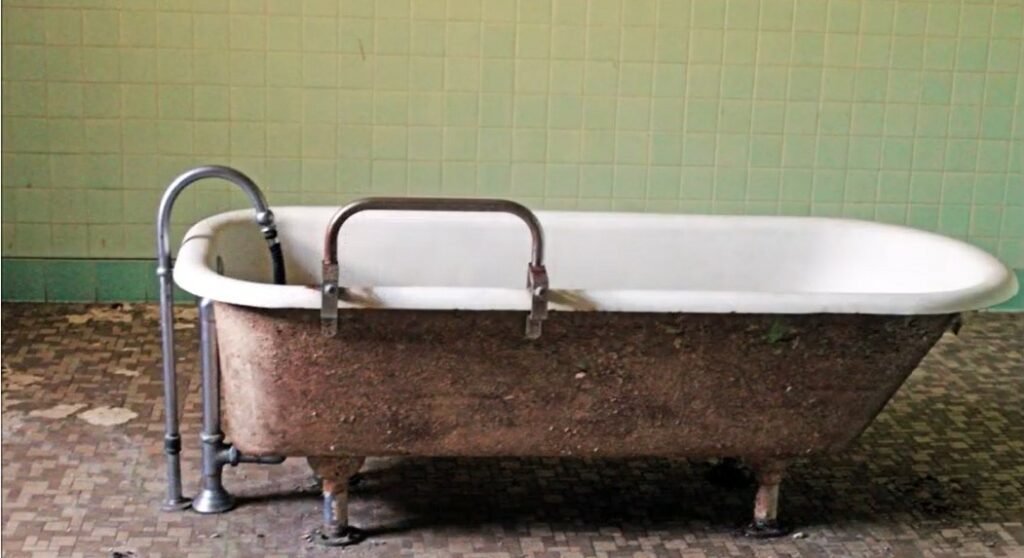
And yet the hospital carried on. In 1953, its administration was taken over by the brand-new Department of Mental Health; then, in 1963, it was renamed Fairfield Hills Hospital. But by then, even though the hospital would continue to operate for several decades more, its days were numbered. Amid growing criticisms of public psychiatric facilities, coupled with the development of psychiatric medications, deinstitutionalization began in the United States in the 1950s before picking up speed in the 1960s and ‘70s. Care began shifting to community-based models, and over time, many long-stay facilities like Fairfield Hills were downsized and eventually closed. Fairfield Hills itself shut its own doors in 1995; remaining patients were transferred to Connecticut State Hospital, now Connecticut Valley Hospital.
(It’s worth noting that deinstitutionalization has its own problems — namely, as Shivani Nishar observes at the blog of non-profit organization Mental Health America, that the community-based care promised by the movement “never materialized” in any meaningful way, disproportionately and negatively affecting Black and Brown people as a result.)
Much of what was once Fairfield Hills Hospital remains abandoned and untended, although the entrances to the tunnels underneath the facility were sealed over in 2009 due to issues with vandalism. However, it’s not totally abandoned — and, indeed, plans to redevelop it, piece by piece, are in motion. In 2004, the Town of Newtown purchased the site; shortly thereafter, the Fairfield Hills Authority was established as a municipal development agency; and, subsequently, the FHA put into place the Fairfield Hills Master Plan, which reserves “a major portion” of the property “for municipal and cultural use, as well as passive and active recreational use.”
One of the buildings was demolished, and on its former location, a sports and fitness complex called the Newtown Youth Academy was built, opening up in 2008. The building once known as Bridgeport Hall, meanwhile, was renovated into municipal offices, which have now been occupied since 2009. A “central landscaped median” between what were once Woodbury and Newtown Halls also opened up in 2009; additionally, the site has hosted a Farmer’s Market on Tuesdays since 2010. Numerous other buildings are available for redevelopment, with suggestions from the FHA including offices, retail, service-related businesses, and even restaurants.
The former hospital has a new name now, too. It’s called the Fairfield Hills Campus.
And it certainly looks as if it has a bright future, indeed.
***
Follow The Ghost In My Machine on Twitter @GhostMachine13 and on Facebook @TheGhostInMyMachine. And don’t forget to check out Dangerous Games To Play In The Dark, available now from Chronicle Books!
[Photos available via Flickr under CC BY 2.0 or CC BY-SA 2.0 Creative Commons licenses; for credits and source links, see captions of each individual photo. Additional images via Empire Drone Works, Watchful Eye Explorer/YouTube]







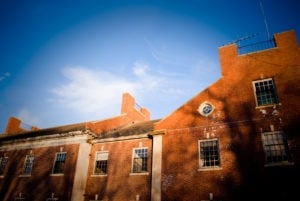


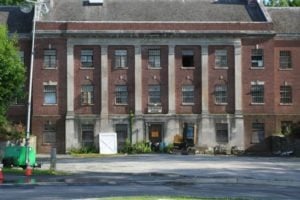













Leave a Reply